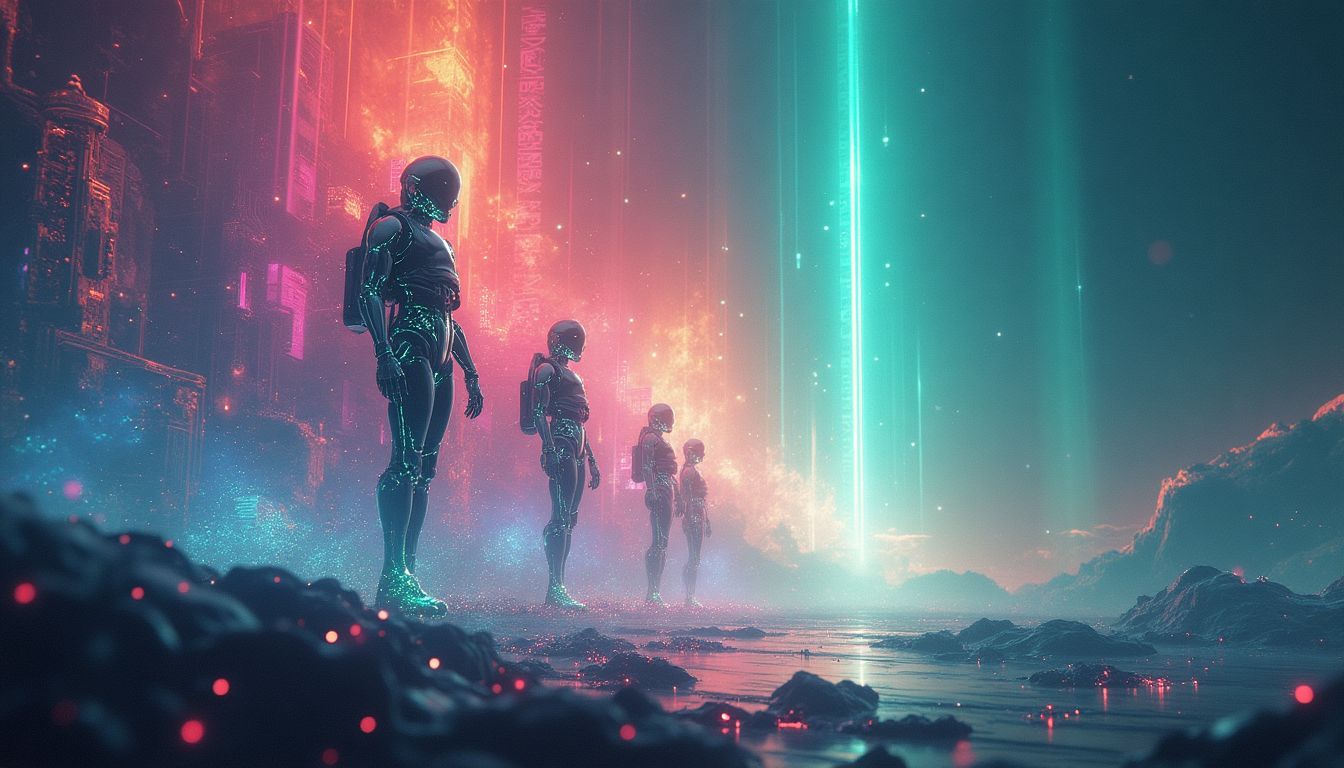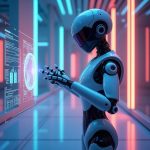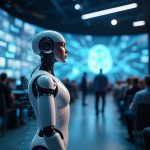Is the The Genesis Project the key to unleashing the full potential of robotics? Dive into this groundbreaking fusion of artificial intelligence and physics that promises to shake the very foundations of how robots learn and interact with our world. Today, we're uncovering the latest game-changing development sweeping through the tech industry, courtesy of TheAIGRID. Get ready to explore how this open-source marvel could redefine our future.
The Genesis Project: An AI Revolution
This year has delivered many surprises, but few are as jaw-dropping as The Genesis Project. Imagine a world where robots are no longer confined by traditional training methods. That's what Genesis offers—a mesmerizing blend of generative AI and real-world physics that paves the way for eerily accurate simulations. What began as a collaboration among twenty research labs has blossomed into a virtually boundless playground for robotic development. Over two years, these brilliant minds have crafted a new physics engine capable of creating dynamic and interactive four-dimensional landscapes.
But let's not just skim the surface. Genesis's outshining attribute rests within its software bones, being built using Python—a language already entrenched in the programming community. But don't let that fool you. Its performance is mind-blowingly fast—between 10 to 80 times swifter than even the highest tier platforms like Isaac Sim aliasing from NVIDIA. With an RTX 4090, a robot could master the art of walking in just 26 seconds! It's not just about speed, though. It's about democratizing high-tech innovation for developers everywhere.
Breaking Down Barriers in Robotics
Open-source initiative? Check. Genesis is here to hand over the reins to creativity. Robotics has long been plagued by the sluggish data collection systems, but Genesis serves a buffet of fast-track solutions thanks to its impeccable physics simulation. With a precision one-to-one mapping of the physical world, robotics is poised to evolve at a pace we've only dreamed of before. Given the dependency of teleoperation for real-world data collection, Genesis seems to be steering us toward a paradigm shift where simulations don't exaggeratively mimic reality—they become reality.
According to experts, such as those working closely with NVIDIA, tools like Isaac Gym have played instrumental roles in advancing robotics. If Genesis can consistently outperform these pillars in scope and ease, then brace yourself for earth-shaking transformations.
A Deep Dive into Virtual Intelligence
The Genesis Project isn't just about speed and efficiency—it's rewriting the very manual of robotic education. It introduces generative agents capable of autonomous learning without human intervention. These agents conjure entire virtual environments that mirror our world—from mundane kitchens to elaborate living rooms. They task robots with challenges like opening microwaves, picking items, or navigating furniture-laden rooms. Even the reward system, crucial for accelerating robotic learning, is automated.
This goes beyond mere theoretical exercises; it automates robot policy crafting. It lays down guiding principles much like a master writer outlining narratives for these silicon intellects. Picture robots embedded with the wisdom to learn, adapt, and refine their task execution independently. No wonder Genesis positions itself as a beacon of innovation in physical AI development.
The Unrivaled Physics Engine
Hold onto your hats! The Genesis Project houses a formidable physics system that unravels the mysteries of dynamic simulation. MPM, SPH, FEM—if these sound like an alphabet soup, think again. These acronyms, Material Point Method, Smooth Particle Hydrodynamics, Finite Element Method, alongside others, form the code underpinning realistic simulations. Genesis faithfully mirrors the movement of cloth in breeze, splashes of liquid, or the extension and retraction of digital muscles.
Such simulations transcend beyond captivating visuals; they impact real-world AI model and robotic training. Visualize crafting frameworks where robot prototypes learn by engaging with realism-heavy settings, tackling challenges as they would in our tactile world. And all these capabilities reside within a singular engine—a veritable Swiss army knife for researchers around the globe.
The Dawn of Soft Robotics
Next cool phase? Genesis beats the drum for soft robotics. As naturally complex as this field is, Genesis becomes the first to fully support simulations mimicking soft muscles and robot interaction with rigidity. Imagine replicating biological movements or generating robots with organic dexterity. This feat opens floodgates for improved healthcare tech, nimble rescue missions, and sleek consumer robotics.
Moreover, the wraparound compatibility thanks to features like URDF-style configuration systems guarantees seamless fitment into existing technologies. The added integration with ultra-nimble ik (Inverse Kinematics) revolutionizes multi-arm robotic operations. Ever juggle 10,000 robotic arms simultaneously within 2 milliseconds? Genesis has—or rather, the RTX 4090 has. This brand of technical sorcery enhances industrial automation scale-ups and research ingenuity by leaps and bounds.
Native Non-Convex Collision Mastery
Imagine the wild collisions that take place between complex, irregularly shaped gears or chains. Non-convex collision handling nails the nitty-gritty of these interactions, and Genesis tackles them head-on. Engineering industries and gaming realms can thus legitimately rejoice. Virtual shapes bumping, sliding, or even interlocking behave precisely as expected within Genesis's confines, and this perfectionism adds incalculable value to intricate, gear-laden environments, rendering them foolproof for engineers and creative storytellers alike.
A Vision For Tomorrow
What Notre Dame was to architecture before the fire, Genesis represents to robotics today—a timeless, awe-inspiring construct poised to shape future generations. From sprouting germinal roots in research labs to unveiling pioneering proof-of-concept simulations, the journey is only just beginning. Genesis is humanity's beacon charted toward autonomy and artificial intelligence, and the coming years may witness cascading fruits of its monumental labor.
Could Genesis Project empower digital flesh and bone to excel way beyond our dreams? Could this be the magical realm where robots wield personalized wisdom honed from rich data rivers? Such vision asks for time yet promises inkling of hope resting on the horizons of endless possibility.
We'd love to know your thoughts! Could this truly change the game for robotics, or is there still a piece missing from the puzzle? Feel free to share your opinions in the comments below. And why not become a part of our thriving iNthacity community—a "Shining City on the Web"? Apply to be a part of this vibrant digital tapestry, like, share, participate, and join the lively debate. Apply today!
Wait! There's more...check out our gripping short story that continues the journey: The Clockwork Shepherdess
Disclaimer: This article may contain affiliate links. If you click on these links and make a purchase, we may receive a commission at no additional cost to you. Our recommendations and reviews are always independent and objective, aiming to provide you with the best information and resources.
Get Exclusive Stories, Photos, Art & Offers - Subscribe Today!


























Post Comment
You must be logged in to post a comment.